Everyone knows it’s healthy to eat fresh fruits and vegetables daily. But did you know that when you prepare fruits, vegetables, and other natural ingredients without cooking or processing, you preserve the maximum nutrition in these foods?
This is the concept of consuming “raw foods”; simply put, eating natural food that is unprocessed, unrefined, and untreated with heat. The three main raw food groups are fruits, vegetables (particularly green leafy vegetables) and natural fats such as avocados, nuts, and seeds.
Anyone can enjoy improved health and vitality by eating at least 50% fresh, raw foods. You don’t have to eat 100% raw or even be a vegetarian to get started. Many who favor raw foods also eat a smaller percentage of beneficial cooked foods, such as steamed vegetables, whole grains, and beans.
Here are some of the many nutritional benefits associated with eating more raw foods:
Vitamins and Phytonutrients: Phytonutrients give fruits and vegetables their beautiful colors and include carotenoids, flavonoids, and chlorophyll. These antioxidant properties enhance the immune system, preventing cancer and other chronic diseases. Most phytonutrients, and many vitamins, such as Vitamin C, are very heat sensitive and are destroyed at above 130 degrees.
Enzymes: Digestive enzymes are produced in our bodies and are also present in the raw foods we eat. These enzymes help to digest food in the stomach. Current research suggests that eating enzyme-rich foods can aid digestion, increase energy, and slow the aging process. Enzymes are among the most heat sensitive of all nutrients, destroyed at temperatures above 118 degrees.
Water: Like our bodies, raw fruits and vegetables are 70% water. Just as heat dehydrates us, cooking foods can cause them to lose nutritious water. Additionally, a high-water content diet is lower in caloric density, aiding in weight loss and maintenance.
Fats: A diet containing a small amount of the right fats is healthy. “Healthy fats” include mono-unsaturated fats, present in avocados, almonds, and olives; and Omega-3 fatty acids, present in flax seeds, chia seeds, hemp seeds, and walnuts. Heating these good fats, however, damages them, causing loss of antioxidants and producing free radicals, linked to cancer and other diseases. (1) When you eat high percentages of raw foods, you automatically get the right kinds of fat in your diet.
Digestion, Assimilation, and Elimination: Raw foods are great for assimilation as you absorb more nutrients when foods are in their raw state, including protein and calcium. Raw foods are high in fiber and thus, great for elimination. They take less time in your digestive tract and improve digestion.
Acid-alkaline balance: Our blood needs to be slightly alkaline on the pH scale for us to survive. When the diet is too acidic, the body has to work harder to maintain the correct pH, causing the body to draw alkaline minerals from the bones, which can lead to osteoporosis. Processed food, large quantities of animal protein, and sugar can all be acid forming. On the other hand, raw fruits and vegetables are highly alkalizing.
Kelli Rose is a graduate of Living Light Culinary Arts Institute, where she received her certification as a Raw Culinary Arts Gourmet Chef and Instructor. For more information and monthly raw foods class, please visit www.Back2TheCuttingBoard.com or call 760-851-1091.
Reference: 1) “Science of Raw Food Nutrition” Dr.’s Rick & Karin Dina, D.C. www.rawfoodeducation.com








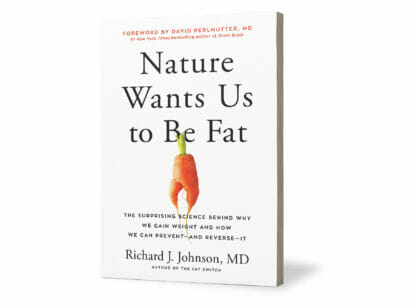





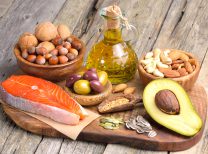
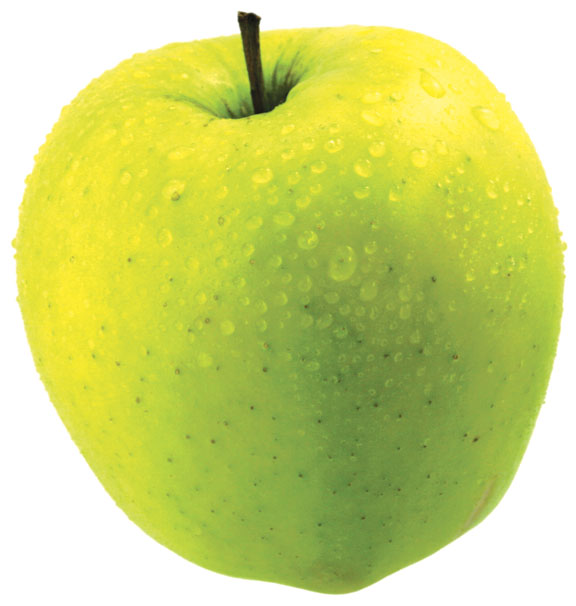

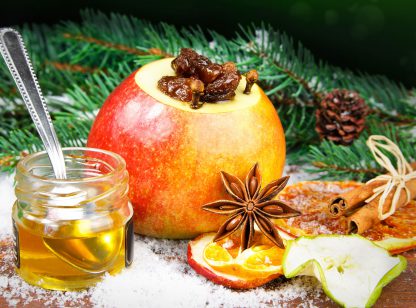
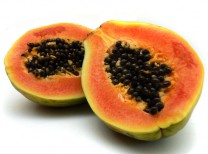
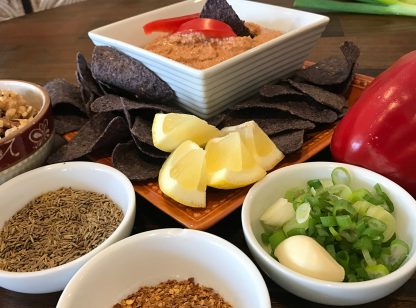



























Comments (0)